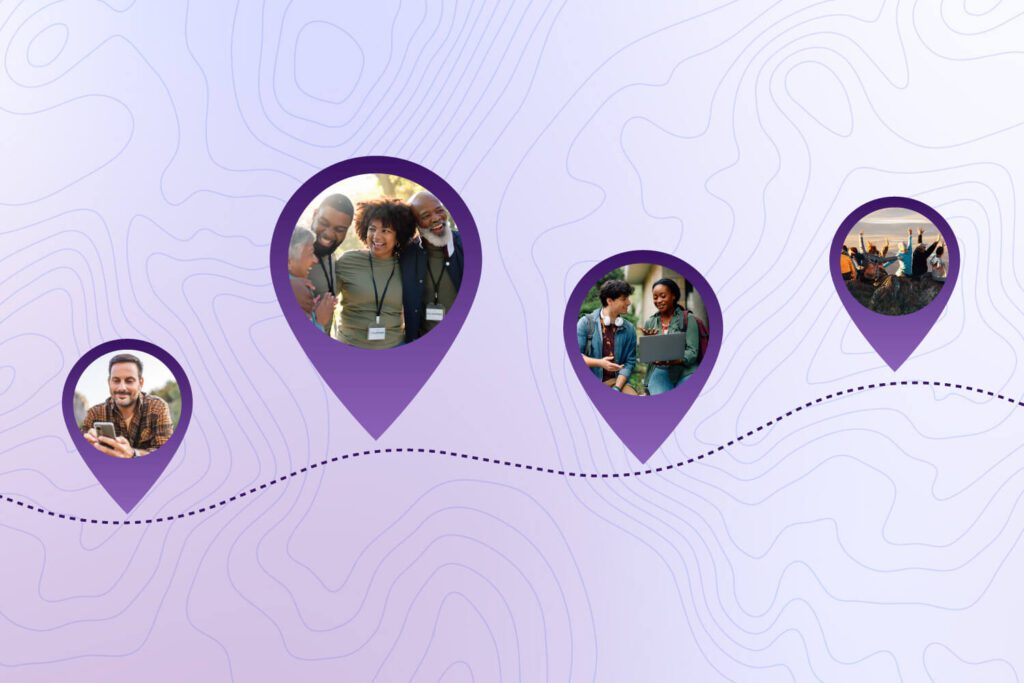Building followers and converting them into donors doesn’t have to be a daunting task. If you have a good social media strategy in place, your nonprofit organization can apply specific strategies to its approach and yield positive results.
The way you interact with your followers, what you post, and when you post it can be the difference between receiving a donation or just a like on your post. Integrating content and marketing messages across your chosen social media channels allows you to bring a unified message to supporters and build your brand’s awareness in the process.
Beginning in 2017, Facebook has allowed users to create birthday fundraisers to encourage their friends to donate to their favorite nonprofit or cause. Over the years, Facebook users have donated over $1 billion to nonprofits and charitable causes through birthday donations. These fundraisers, along with the opportunity to engage with your supporters, is one of the many reasons your nonprofit should have a presence on this site.
In this guide, we’ll explore how your organization can get started on the platform and begin connecting with donors, strengthening brand awareness, and securing more donations.
Setting up your account
Your Facebook profile is one of the first things people see when they search for your nonprofit on social media. One of the ways to make it easy for people to find you across various social media platforms like Facebook, Twitter, and Instagram is to use the same name and profile picture for each site. For Facebook and Twitter, you’ll need to set up a profile picture and cover photo. Your profile picture should prominently include your nonprofit’s logo, but the cover photo can be more creative. You can also change it often to promote upcoming events, news about your organization, and recent success stories. As you fill in your profile page, it’s imperative that your “About” section is up-to-date with the following information:- Your location and contact information
- Your website’s URL
- A brief bio with information about your nonprofit and your purpose
Content that helps turn your likes on Facebook into donations
Fundraising campaigns
While your content shouldn’t focus solely on obtaining gifts from donors, it can be a driving force for fundraising campaigns. When you post content for fundraising purposes, be sure to include links to relevant pages like your donation or event registration pages to drive traffic, increase awareness, and make giving simple for donors.Press and announcements
Social media is one of the fastest, most convenient ways for donors to check in with your nonprofit. Keep your followers up-to-date on everything from grants and awards to press mentions and job postings.Events
Let your followers know about upcoming fundraising galas, community events, performances, panel discussions, town halls, and any other important events. During the event, make sure to take plenty of pictures and post them afterward. Then, any followers who didn’t attend can see what they’re missing and feel motivated to join your next event.Thank-you’s
Take the time to acknowledge major donors or fundraisers for your organization. Publicly recognizing them with a photo, a description of their gifts, and the impact of their support on your social media pages is a great way to show your appreciation. Before recognizing specific donors, make sure to ask them for permission first. While setting up and maintaining a Facebook account is free, it can help you drive a lot of additional support for your nonprofit. By cultivating an established, authoritative presence online, you can increase touchpoints with existing donors and expand to new audiences. To retain these donors and build on your social media success, make sure to post regularly to engage donors.
READY TO GET STARTED?




